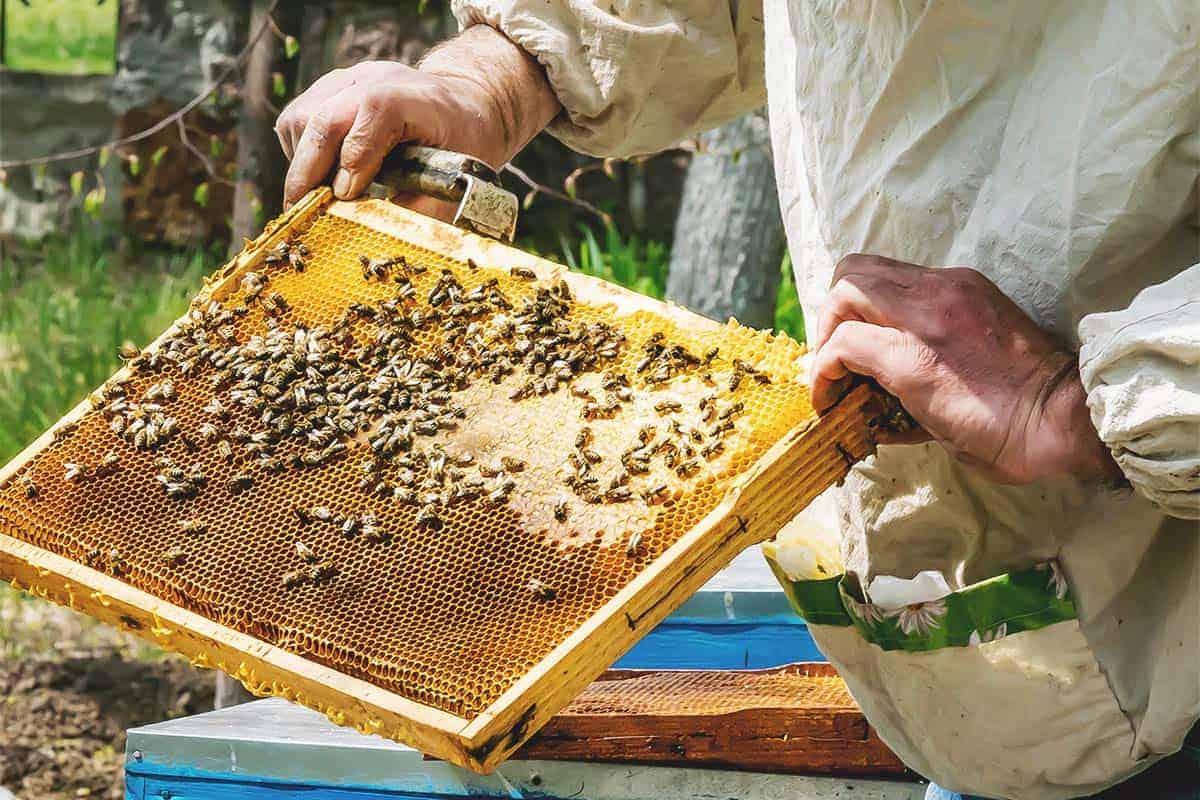Are you wondering how to revive honey that has been sitting dormant in your pantry? Beekeeping can be a fun and rewarding hobby. Not only does it provide you with a chance to connect with nature, but it can also help you bring your honey back to life. In this article, we’ll provide you with a few beekeeping tips to help you revive your honey and make it as sweet as it was when you first purchased it.
What is Reconstituting Honey?
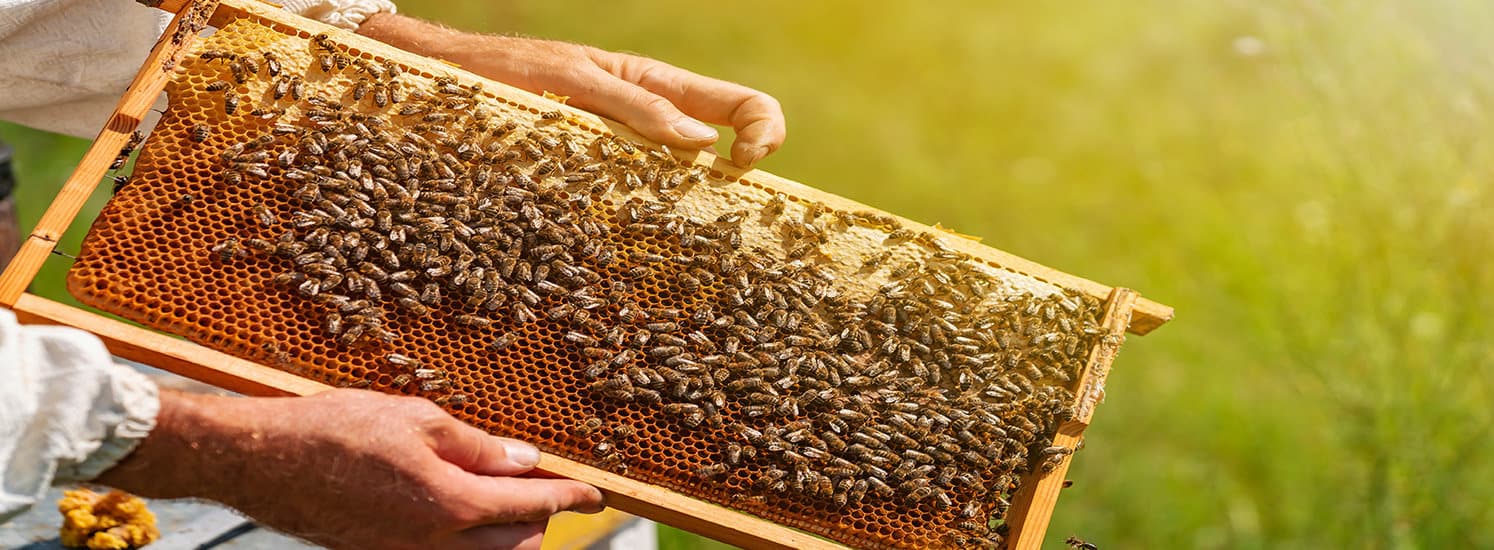
Reconstituting honey is the process of restoring crystallized honey to its original liquid state. Honey naturally crystallizes due to the presence of glucose and fructose molecules in the nectar. This process is perfectly natural, and it makes the honey thick and creamy. However, it can be inconvenient if you want to use the honey for cooking or other purposes that require a liquid form. Fortunately, there are several ways to restore the honey to a liquid state.
How to Fix Hard Honey
- Place the jar of crystallized honey in a pot filled with warm water. (The water should not be boiling).
- Stir the honey until it liquifies.
- Remove the jar from the pot and let it cool.
- Stir the honey again to ensure that all of the crystals are dissolved.
You can also use a microwave to reconstitute your honey. Place the jar of honey in the microwave and heat it in small increments of 15 seconds. Stir the honey in between each increment until the honey is liquid. Be careful not to heat the honey too much, as it can damage the flavor and texture of the honey.
What Causes Honey to Harden?
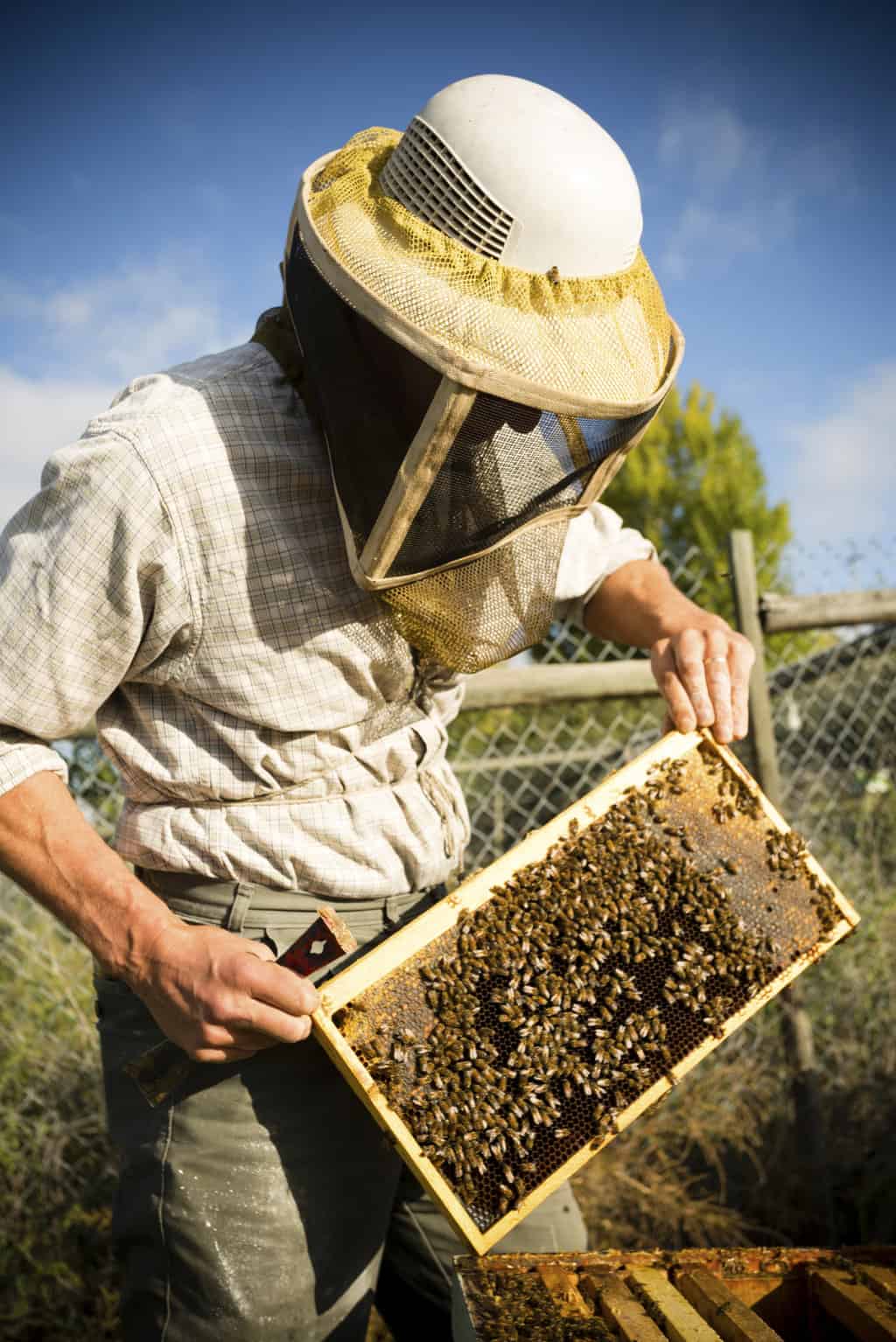
Honey is a naturally thick, viscous liquid, but if left untouched and stored in an environment that is too cold, it can crystalize or harden. This is due to the fact that honey is composed of natural sugars, mostly glucose and fructose. These sugars form crystals when the liquid is exposed to cold temperatures, causing it to thicken and become hard. This process, called crystallization, can be reversed by heating the honey to approximately 110°F (43°C).
Melt Crystalized Honey
- Place the jar of honey in a pan of warm water.
- Stir the honey, as the heat of the water will cause it to liquify.
- Remove the pan from the heat once the honey is completely liquid.
- Allow the honey to cool and store it in a warm place.
How to Fix Hard Honey
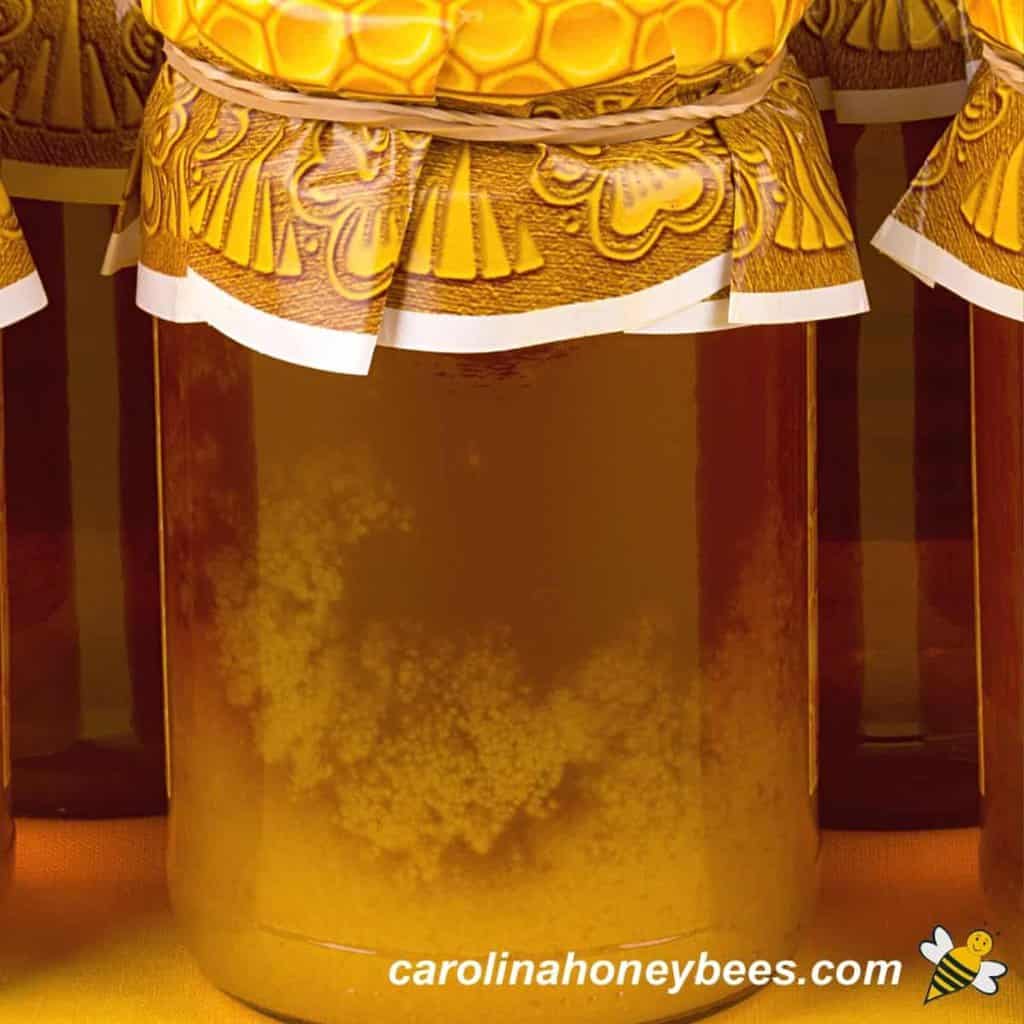
Melting Crystalized Honey
The simplest way to revive crystallized honey is to gently heat it to melt the crystals. Place the honey jar in warm water, or put it in a pan of warm water on the stove, and heat it until the crystals melt. Make sure the water is not hot enough to damage the honey.
Uncrystallizing Honey
Another way to revive crystallized honey is to uncrystallize it. If you uncrystallize honey, you can bring it back to its original liquid form without melting the crystals. To uncrystallize honey, add a small amount of boiling water to the jar, and stir until the honey dissolves.
Reconstituting Honey
If the honey has become too thick and watery, you can reconstitute it with a process called “spinning”. To reconstitute honey, place the honey jar in a bowl of warm water, and stir vigorously until the honey becomes liquid again. Make sure the water is not too hot, as it can damage the honey. Once the honey is reconstituted, you can use it just like freshly purchased honey. For best results, store the reconstituted honey in a new, clean jar and keep it away from direct sunlight.
And remember, the best way to revive crystallized honey is to prevent it from happening in the first place. Store your honey in a cool, dark place and keep it away from heat sources.
How to Fix Crystallized Honey in Plastic
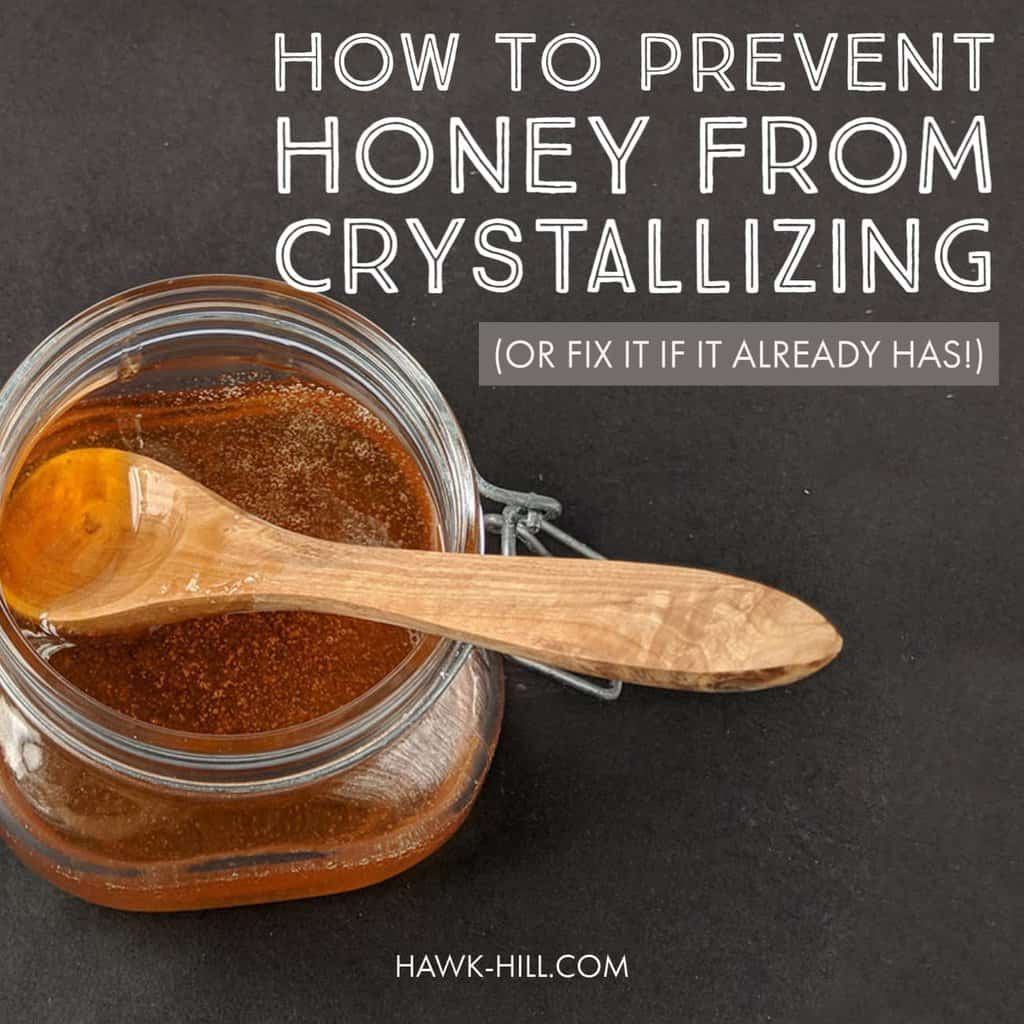
Crystallized honey in plastic containers can be brought back to life with the help of a few simple steps. To re-liquify the honey in plastic:
- Fill a saucepan with 2-3 inches of water and bring to a simmer.
- Place the plastic container of honey into the saucepan, making sure the water level is below the lid.
- Allow the container to sit in the warm water for 10-15 minutes, stirring occasionally.
- Remove the container from the saucepan and let it cool to room temperature before opening.
- Stir the honey before using.
By heating the honey in a warm water bath, the crystallized honey will re-liquify and can be used as normal.
How to Re-Liquify Honey

Honey is a naturally viscous substance and can become solid over time. Re-liquifying honey is an important part of beekeeping and is necessary to ensure that the honey is usable. Re-liquifying honey can be done with a few simple steps.
Step 1: Heat the Honey
The first step to re-liquifying honey is to heat the honey. This can be done by placing the honey in a pan and heating it over low heat. Do not boil the honey, as this will cause it to lose its flavor and aroma.
Step 2: Use a Blender
Once the honey has been heated, it can be blended using a blender. This will help to break down the solid particles and make it easier to re-liquify the honey. Be sure to use a blender that is designed for blending food and not one made for mixing drinks.
Step 3: Strain the Honey
Once the honey has been blended, it should be strained. This will help to remove any impurities and ensure that the honey is free of solids.
Step 4: Store the Honey
Finally, the honey should be stored in an airtight container in a cool, dry place. This will help to keep the honey in its liquid form and ensure that it remains fresh for a longer period of time.
Re-liquifying honey is an important step in beekeeping and should be done regularly to ensure that the honey remains usable. By following these steps, beekeepers can easily re-liquify their honey and keep it in its best condition.
How to Revive Honey
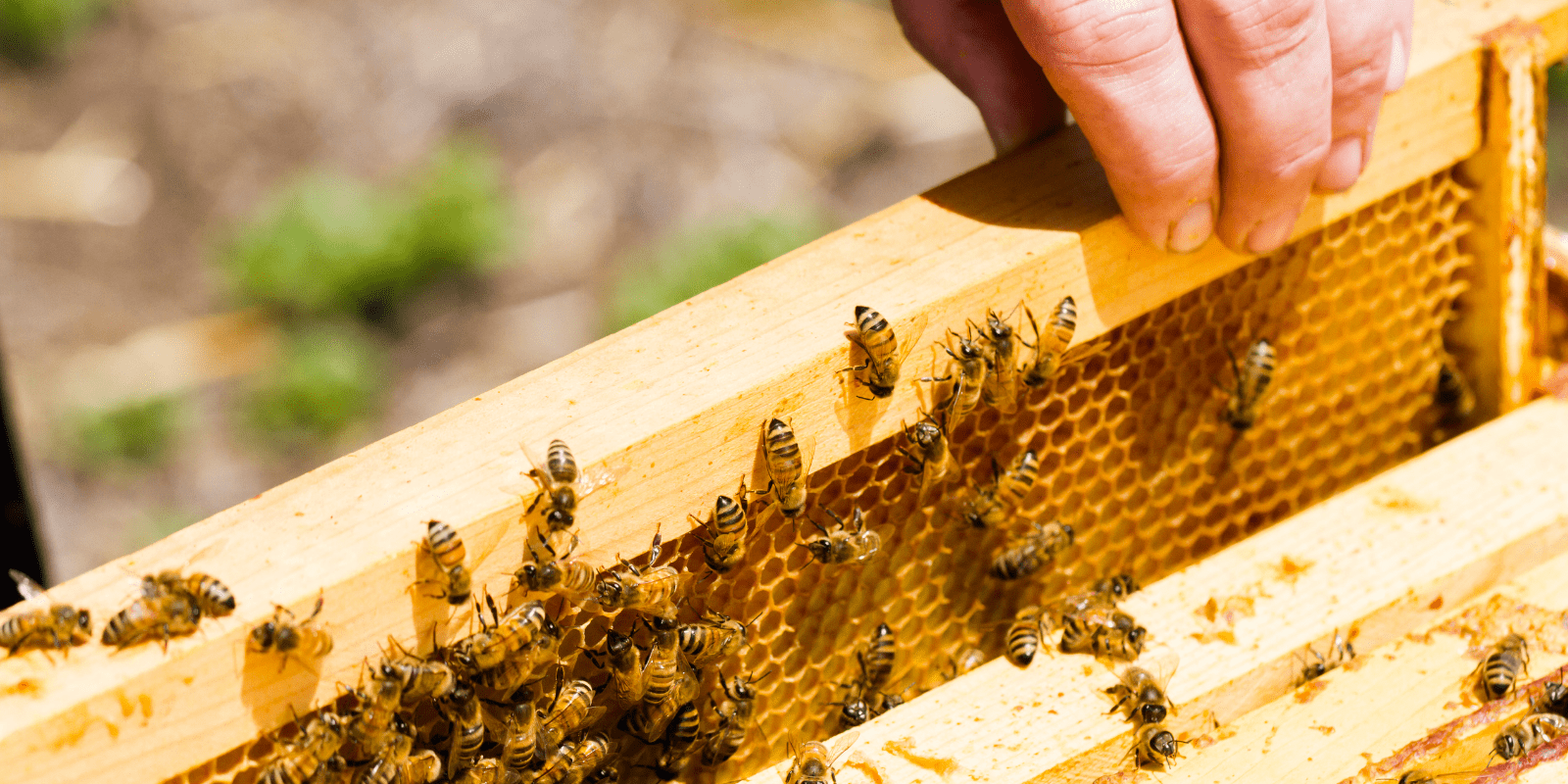
- Heating: Heating your honey in a warm water bath is the fastest way to revive it. It will make your honey liquid again, and the heat will bring out more of its flavors.
- Adding Moisture: If the honey has hardened in its bottle, you can add a few drops of water and shake the bottle to help revive it. The water helps to dissolve the crystals that have formed and make the honey easier to use.
- Adding Sweeteners: You can also add a few drops of a sweetener such as maple syrup or agave nectar to the honey to help revive it. This will make the honey more liquid, and the sweetener will add an extra dimension to the flavor of your honey.
- Mixing with Other Foods: Another way to revive honey that has hardened in its bottle is to mix it with other foods. If you add a few drops of honey to oatmeal or yogurt, for example, it will help to soften the honey and make it easier to use.
- Freezing: You can also freeze your honey to help revive it. This will help to break down the crystallized honey and make it easier to use. Just make sure to thaw it out before using it, as freezing can damage the flavor and texture of your honey.
Reviving honey is an important part of beekeeping, as honey that has hardened in its bottle can be difficult to use. By following these simple steps, you can easily revive your honey and bring it back to life. With a little bit of effort and some patience, you can enjoy your honey in all its delicious glory.
Honey Hardened in Bottle
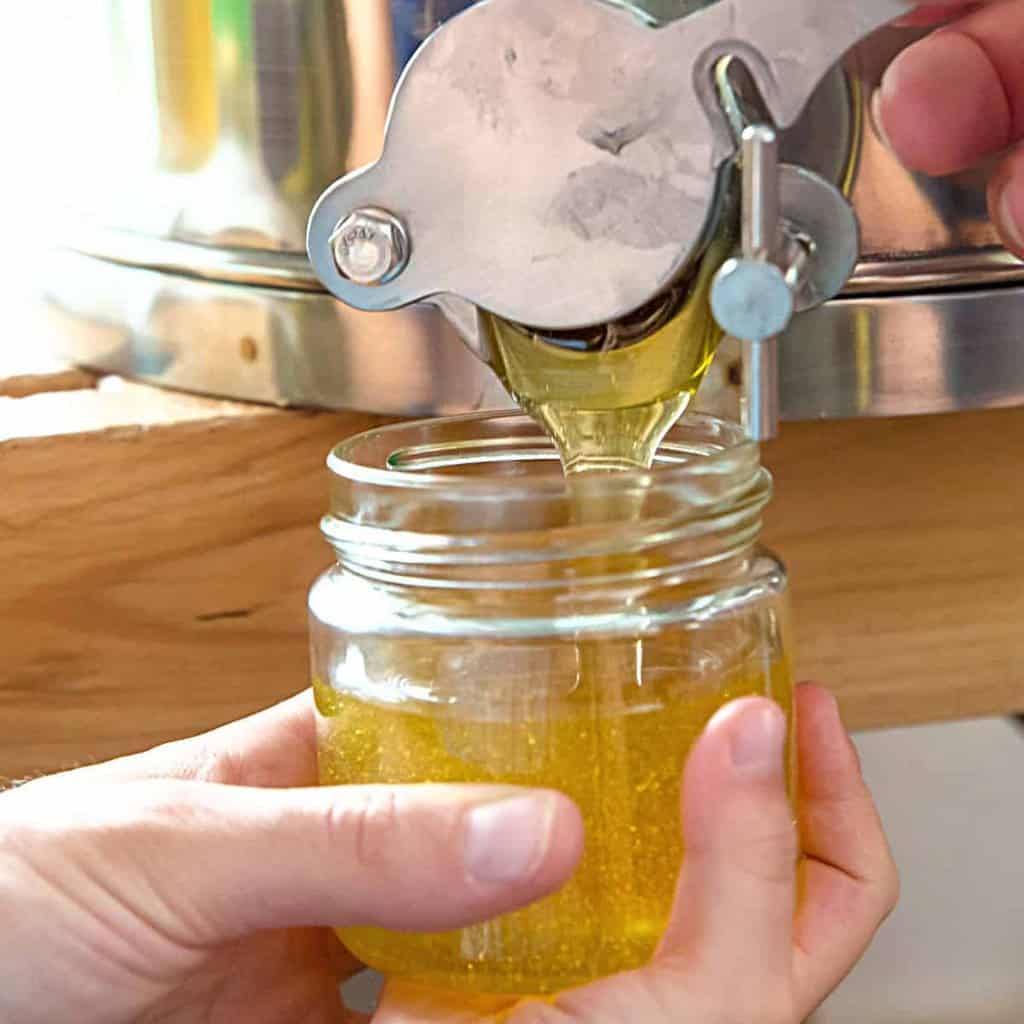
If your honey has hardened in the bottle, it can still be revived. To bring back your honey to its liquid form, you will need to warm it gently. You can do this by placing the bottle in a bowl of warm water and letting it sit for 15-30 minutes. Make sure the water is not too hot, as this can damage the honey’s flavor and aroma. You can also use a blow dryer set on the lowest setting to heat the bottle, taking care not to overheat it. Once the honey has softened, stir it gently with a spoon or whisk and it should be ready to use.
If you want to store your honey for longer periods of time and prevent it from crystallizing, you can also try the following tips:
- Store honey in an airtight container.
- Keep honey away from sources of heat and light.
- Add a few drops of lemon juice or vinegar to the honey before bottling.
- Mix honey with a small amount of water or glucose syrup before bottling.
These methods will help keep your honey in its liquid form and prevent it from crystallizing.
How to Soften Crystalized Honey
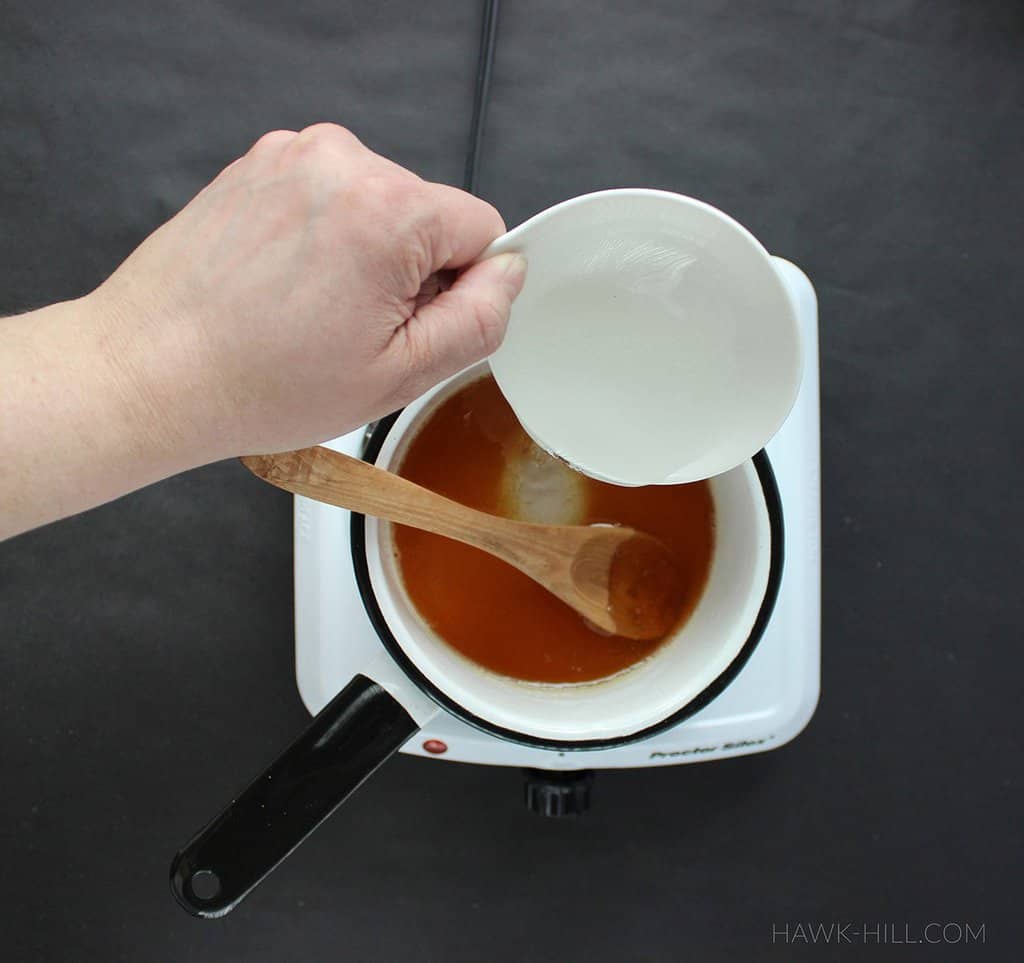
Reconstituting Honey: To soften honey that has crystallized, place the container in warm water and stir until the crystals dissolve. Make sure the water is not too hot, as heat can damage the beneficial properties of honey. If the honey is in a plastic bottle, you can also place it in the microwave for a few seconds. Once all of the crystals have dissolved, the honey is ready for use.
Melt Crystalized Honey: Alternately, you can melt the honey in a double boiler. Place the honey in the top of the double boiler over low heat and stir until the crystals dissolve. Be careful not to heat the honey too much, as it can cause the beneficial compounds to break down.
How to Fix Hard Honey in a Plastic Bottle: If the honey is in a plastic bottle, you can also put it in the microwave for a few seconds. This will help to soften the honey and make it easier to use.
How to Re-liquify Honey: If the honey has hardened in the bottle, you can also place it in a warm water bath to re-liquefy it. Just make sure the water is not too hot, as this can damage the beneficial properties of the honey.
How to Revive Honey: To revive honey that has hardened in the bottle, simply place the bottle in a warm water bath and stir until the honey has re-liquefied. Once it has reached the desired consistency, it is ready for use.
How to Uncrystallize Honey: To uncrystallize honey, simply place the bottle in a warm water bath and stir until all of the crystals have dissolved. Once the crystals have dissolved, the honey is ready for use.
How to Restore Honey
Restoring honey is relatively easy, whether it has become hardened or crystallized in a bottle or jar, or in bulk quantities. The first step is to identify the type of honey, as some types of honey are more prone to crystallization than others. If it is a bulk quantity, the honey can be melted in a double boiler and strained. For smaller quantities, the honey can be placed in a plastic container and microwaved for 10-15 seconds, stirring at 5 second intervals.
To prevent crystallization in the future, a few methods can be used. If the honey is stored in a plastic container, adding some warm water to it can help prevent it from crystallizing. Honey stored in a glass bottle should be stored in a cool, dark place to prevent crystallization.
If the honey has already hardened in a bottle or jar, the best way to restore it is to place the container in a warm water bath. This will start to melt the honey, and stirring with a spoon or a butter knife will help break up any large honey crystals. Once the honey has liquified, it should be strained and stored in a clean, airtight container.
For honey that has hardened in a plastic container, the same warm water bath method can be used. However, be sure to place the container on a heat-resistant surface, such as a wooden cutting board, to prevent the plastic from melting.
The last method of restoring crystallized honey is to heat it gently in the microwave. Place the honey in a microwave-safe container and heat for 5-10 seconds at a time, stirring at each interval. When the honey has liquified, it should be strained and stored in a clean, airtight container.
In conclusion, restoring honey is not difficult and requires either a warm water bath or a gentle heating process in the microwave. Using airtight containers and storing honey in a cool, dark place can help prevent crystallization in the future.
Frequently Asked Questions
What should I do if my Honey is Already Crystallized?
To revive crystallized honey, place the jar in warm water and stir it until it reaches the desired consistency. The water should not be too hot, as it can damage the honey’s flavor and texture. For a quicker fix, microwave the jar for a few seconds and stir to help it return to its original liquid state. If the honey is still too thick, add a teaspoon of warm water and stir. Once it has reached the desired consistency, store it in a cool, dry place.
How can I ensure my honey stays liquid?
- Store it in a cool environment: Honey should be stored in a cool, dark place and away from direct sunlight. The ideal temperature is below 65°F to retain its natural liquid form.
- Avoid contamination: Make sure all tools and containers used to store honey are clean and free of any contaminants.
- Check the packaging: When buying honey, check the packaging to make sure it is airtight and not leaking. This will help keep the honey in the right environment.
- Keep it away from moisture: Make sure that the honey is kept away from moisture and water. This will prevent it from becoming contaminated.
What is the Best Way to Extract Honey From the Comb?
1. Crushing and Straining: This is the most common way of extracting honey from the comb. To do this, the comb is crushed and strained through a cheesecloth or sieve. This method is not recommended if you are looking to retain the highest quality of honey.
2. Centrifugal Force: This method uses centrifugal force to extract honey from the comb. An extractor spins the comb at high speed and the honey is forced out of the cells and into the extractor. This method is more efficient and preserves the quality of the honey better than crushing and straining.
3. Melting: This method involves melting the wax comb in hot water and then straining the honey from the melted wax. This method is simple and efficient but can alter the taste and quality of the honey.
4. Natural Extraction: This is the most natural way of extracting honey from the comb. The honeycomb is placed in a wide-mouthed jar and the bees are allowed to uncap the cells and extract the honey themselves. This method is the most labor-intensive and time-consuming but it produces the highest quality of honey.
What Kind of Container Should I Use to Store My Honey?
It is important to store honey in a clean, dry and airtight container. Plastic, glass, or food-grade stainless steel containers are best for storing honey. Make sure to avoid any containers with metal lids or coatings, as the honey can corrode them. Additionally, the container should be opaque to shield the honey from light.
Is there a way to tell if my honey is still good to eat?
- Smell: If the honey has a distinct, sweet aroma, it is still good to eat.
- Taste: If the honey is sweet and does not have a sour or bitter taste, it is still good to eat.
- Appearance: If the honey is clear and has a golden color, it is still good to eat.
- Texture: If the honey is smooth and creamy, it is still good to eat.
Conclusion
Beekeeping is an important step in reviving honey production. Keeping bees healthy and in a healthy environment will help ensure that honey production remains strong. Knowing what to look for in terms of bee health, environment, and how to properly maintain hives is key. Additionally, providing the bees with a variety of flowers and plants will help ensure a steady, healthy flow of nectar and pollen which will in turn result in the production of more honey. With the right knowledge and care, honey production can be revived and enjoyed for years to come.
